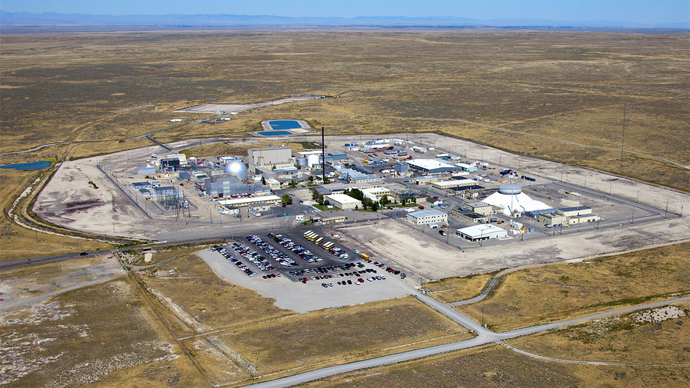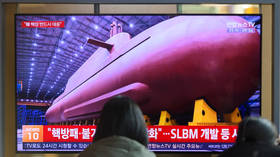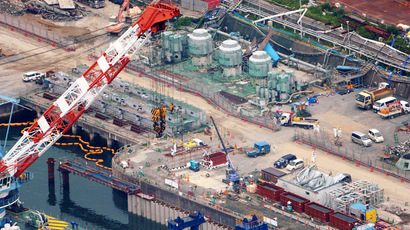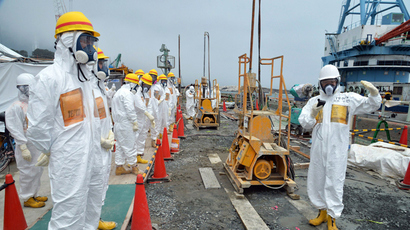Radiation-exposed workers demand release of nuke plant accident video

Two workers have filed a lawsuit against the Department of Energy for failing to comply with the Freedom of Information Act by refusing to hand over a video of an incident in which 16 men, including the two plaintiffs, were exposed to radiation.
Brian Simmons and Ralph Stanton, two operators from the Idaho National Laboratory (INL) in Boise, are trying to force the agency to release the video through a lawsuit filed in federal court.
In their complaint, the workers described the radiation incident, which occurred on Nov. 8, 2011. Together with workers from two other facilities, Simmons and Stanton were packaging plutonium reactor fuel plates. Two of the fuel storage containers had “unusual labels” indicating that there could be some abnormalities with the fuel plates that were inside. But the labels did not warn of any danger, and when workers came across a fuel plate wrapped in plastic and tape, they unwrapped it. A black powder spilled out of the box, and at least 16 of the workers inhaled plutonium-239, which can damage internal organs and cause cancer. Seven of the employees came in direct contact with the powder, suffering external contamination of the skin.
“When the workers attempted to remove the wrapping material, an uncontrolled release of radioactive contaminants occurred, resulting in contamination of 16 workers and the facility, including plaintiffs Brian Simmons and Ralph Stanton,” the lawsuit states. “The sequence of events leading up to the release of contaminants, the uncontrolled release itself, and the emergency response at the [Zero Power Physics Reactor] facility were all recorded on video.”
In 2012, the INL announced that none of the workers suffered from any adverse health effects as a result of the incident, but they also refused to release employee-specific internal radiological dosage numbers.
But according to Seattle attorney John Sheridan, who filed a complaint with the US Department of Labor, the two workers suffered “symptoms of radiation poisoning including nausea, vomiting, confusion, diarrhea, and high blood pressure, which lasted for months.”
DOE contractor Battelle Energy Alliance, which has controlled INL facilities since 2005, “continued to deny the significance of the exposure, removed them from their job duties for eight months, and assignment them to sit in a basement office without meaningful work,” Sheridan wrote.
The DOE also released a report absolving the federal agency of all responsibility and claiming that the plutonium release was “preventable.”
In May, Simmons and Stanton made a FOIA request to access documents about their exposure to radioactive contamination. The DOE provided some documentation, but refused to hand over any videos, citing privacy concerns. Video footage allegedly shows actions leading up to the incident, as well as the plutonium release.
The DOE report repeatedly references the video and used it for its analysis. The report states that there were “noncompliances” and “management deficiencies” that the video depicted, thereby absolving the agency of responsibility and shifting blame on the workers.
Despite the agency’s use of the video for its “employee-related” investigation, it also told the plaintiffs that the file was not an agency record.
But Simmons and Stanton consider these to be bogus excuses, and hope that the court will order the FOIA release of the video.
“There are no cognizable privacy interests in the mere images of other unidentified INL workers depicted in the video,” the complain states. “At minimum, any privacy interests are outweighed by the public interest in accessing video representation of the actual release, especially where the Accident Investigation Report repeatedly referenced the video as depicting the safety planning and response flaws that the report criticized as contributing to the cause of the ‘preventable’ contamination.”














